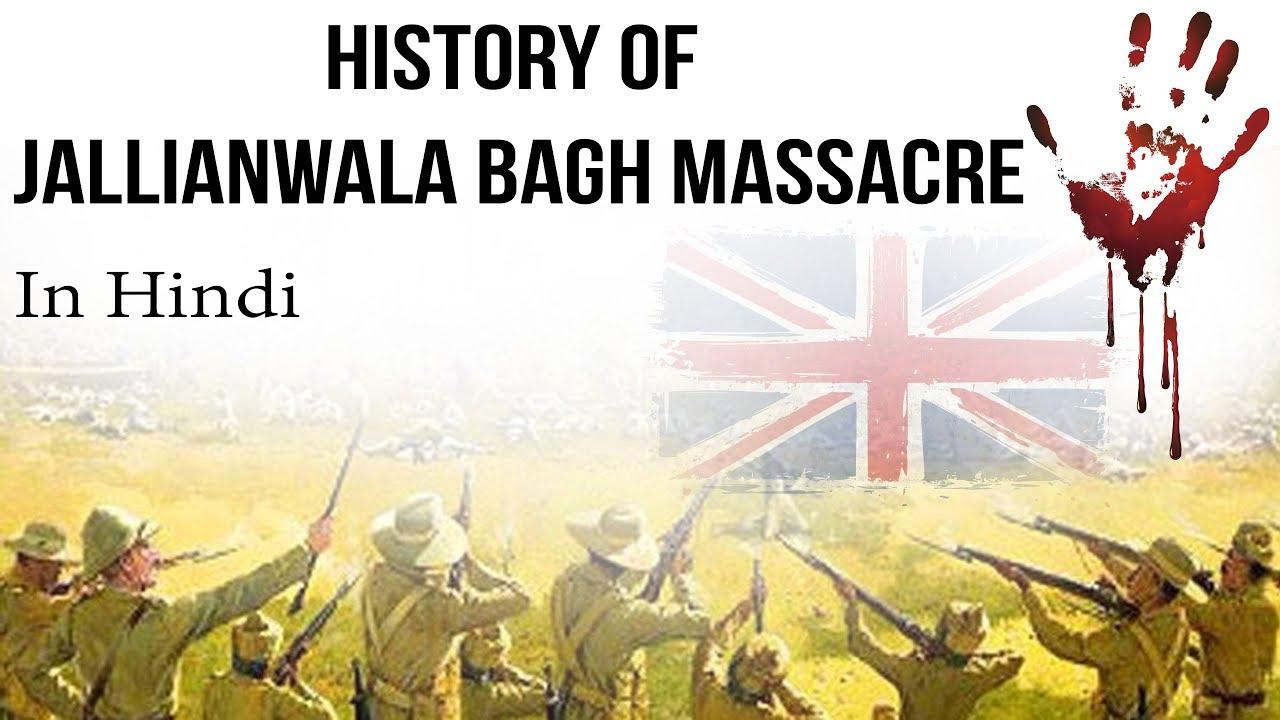Table of Contents
ROWLATT ACT
- The pre-war Indian nationalist sentiment was revived as moderate and extremist groups of the Indian National Congress ended their differences to unify.
- In 1916, the Congress was successful in establishing the Lucknow Pact, a temporary alliance with the All-India Muslim League.
- Mahatma Gandhi, recently returned to India, began emerging as an increasingly charismatic leader under whose leadership civil disobedience movements grew rapidly as an expression of political unrest.
- Rowlatt Act, an extension of the Defence of India Act 1915, was enforced in India to limit civil liberties.
- The passage of the Rowlatt Act in 1919 precipitated large scale political unrest throughout India.
- In India Gandhi’s call for protest against the Rowlatt Act achieved an unprecedented response of furious unrest and protests. The situation especially in Punjab was deteriorating rapidly, with disruptions of rail, telegraph and communication systems.
- The movement was at its peak before the end of the first week of April.In Amritsar, over 5,000 people gathered at Jallianwala Bagh.
THE BEGINNING
- Many officers in the Indian army believed revolt was possible, and they prepared for the worst. The British Lieutenant-Governor of Punjab, Michael O’Dwyer, is said to have believed that these were the early and ill-concealed signs of a conspiracy for a coordinated revolt around May.
- On 10 April 1919, there was a protest at the residence of the Deputy Commissioner of Amritsar.
- The demonstration was to demand the release of two popular leaders of the Indian Independence Movement, Satya Pal and Saifuddin Kitchlew, who had been earlier arrested by the government and moved to a secret location. Both were proponents of the Satyagraha movement led by Gandhi
- The violence continued to escalate, culminating in the deaths of at least five Europeans, including government employees and civilians.
- By 13 April, the British government had decided to put most of the Punjab under martial law. The legislation restricted a number of civil liberties, including freedom of assembly; gatherings of more than four people were banned.
- On the evening of 12 April, the leaders of the hartal in Amritsar held a meeting at the Hindu College.
- It was announced a public protest meeting would be held at 16:30 the following day in the Jallianwala Bagh, to be organised by a Dr. Muhammad Bashir.
MASSACRE
- At 9:00 on the morning of 13 April, the traditional festival of Baisakhi, Colonel Reginald Dyer, the acting military commander for Amritsar , proceeded through the city with several city officials.
- By mid-afternoon, thousands of Sikhs, Muslims and Hindus had gathered in the Jallianwala Bagh (garden) near the Harmandir Sahib in Amritsar.
- Dyer sent an aeroplane to overfly the Bagh and estimate the size of the crowd, that he reported was about 6,000, while the Hunter Commission estimates a crowd of 10,000 to 20,000 had assembled by the time of Dyer’s arrival.
- The Jallianwala Bagh was surrounded on all sides by houses and buildings and had few narrow entrances. Most of them were kept permanently locked. The main entrance was relatively wide, but was guarded heavily by the troops backed by the armoured vehicles.
- Dyer—without warning the crowd to disperse—blocked the main exits. He ‘explained’ later that this act “was not to disperse the meeting but to punish the Indians for disobedience.“
- Dyer ordered his troops to begin shooting toward the densest sections of the crowd. Firing continued for approximately ten minutes. Cease-fire was ordered only when ammunition supplies were almost exhausted, after approximately 1,650 rounds were spent.
- Many people died in stampedes at the narrow gates or by jumping into the solitary well on the compound to escape the shooting.
CASUALTIES
- The number of casualties is disputed, with the Government of Punjab criticised by the Hunter Commission for not gathering accurate figures.
- Hunter Commission would base their figures of 379 deaths, and approximately 3 times this injured, suggesting 1500 casualties.
- Since the official figures were obviously flawed regarding the size of the crowd (6,000–20,000), The casualty number quoted by the Congress was more than 1,500, with approximately 1,000 being killed.
- The British Government tried to suppress information of the massacre, but news spread in India and widespread outrage ensued; details of the massacre did not become known in Britain until December 1919.
AFTERMATH
- Rabindranath Tagore received the news of the massacre by 22 May 1919. He tried to arrange a protest meeting in Calcutta and finally decided to renounce his British knighthood as “a symbolic act of protest”.
- On 14 October 1919, after orders issued by the Secretary of State for India, Edwin Montagu, the Government of India announced the formation of a committee of inquiry into the events in Punjab.
- Referred to as the Disorders Inquiry Committee, it was later more widely known as the Hunter Commission. It was named after the chairman, William, Lord Hunter, former Solicitor-General for Scotland and Senator of the College of Justice in Scotland.

























 WhatsApp
WhatsApp